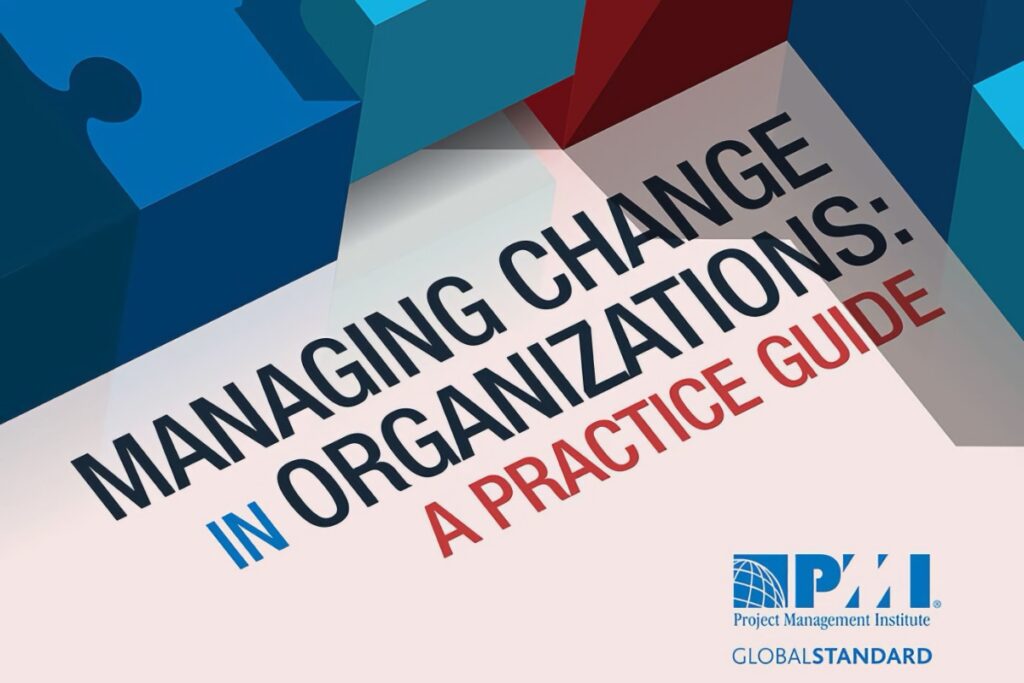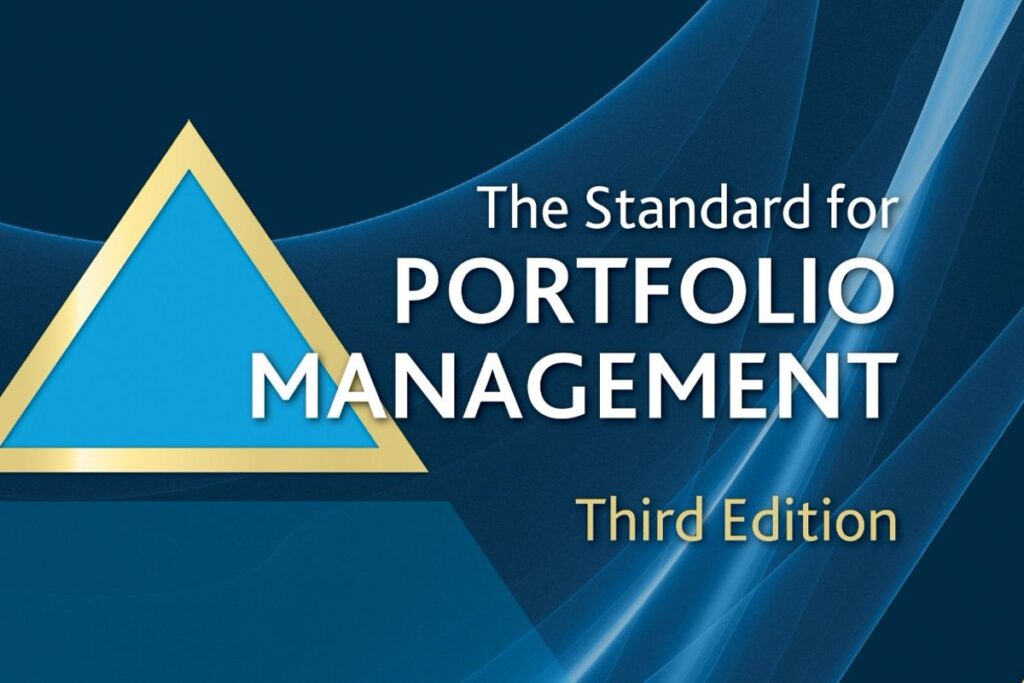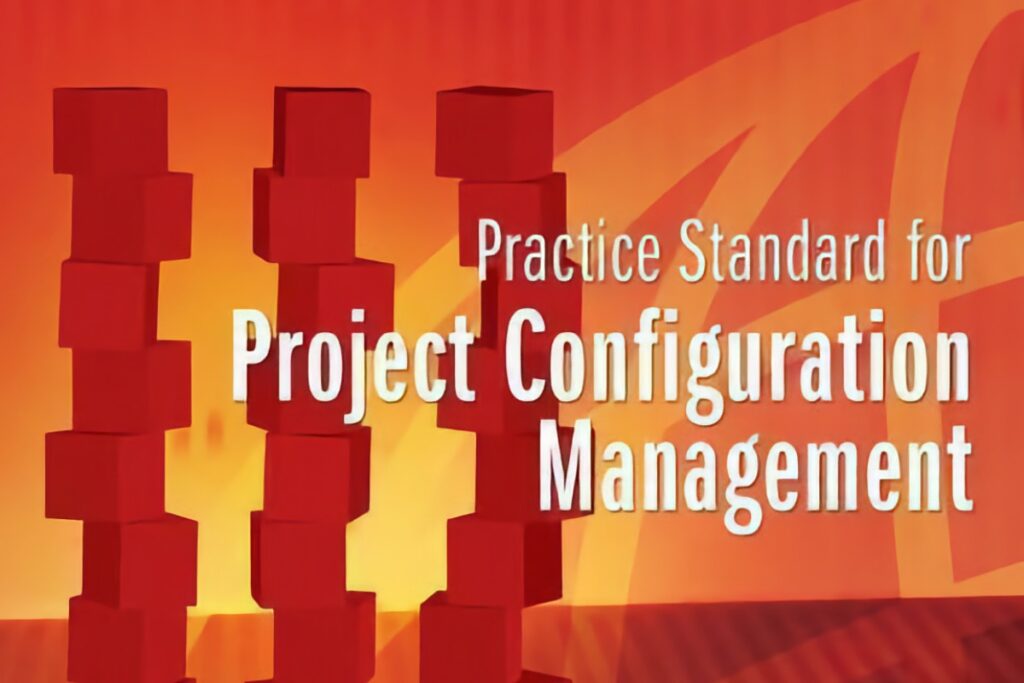In a landscape of constant disruption—technological, regulatory, economic—change is no longer an exception; it’s a permanent condition. Yet many projects still fail not because of technical flaws, but due to poor adaptation and stakeholder resistance. PMI’s Managing Change in Organizations: A Practice Guide, published in 2013, directly addresses this gap by equipping project professionals to lead and integrate organizational change management (OCM)into their project and program work.
This practical guide serves as a bridge between project management and change leadership, giving practitioners a roadmap for enabling sustainable change across initiatives.
Purpose and Target Audience
This guide is designed for:
- Project and program managers responsible for implementing change.
- PMO leaders tasked with scaling change capability.
- Sponsors and executives overseeing strategic transformations.
- Change agents and consultants working inside project-driven environments.
Rather than offering a separate change management methodology, it integrates change thinking directly into PMI’s project and program frameworks, making it highly actionable.
Structure of the Guide
The guide is structured around five key change management domains, each mapped to project and program lifecycles:
1. Formulate the Change
- Define the need, goals, and scope of the change initiative.
- Establish alignment with strategic vision and executive sponsorship.
2. Plan the Change
- Identify stakeholders, change risks, communication needs, and resistance points.
- Develop a change management plan integrated into the project plan.
3. Implement the Change
- Execute communication, training, and engagement strategies.
- Monitor employee reactions, address resistance, and adjust tactics.
4. Manage Transition and Sustain Change
- Institutionalize new behaviors, practices, or technologies.
- Use feedback loops, coaching, and performance reinforcement to embed change.
5. Evaluate and Close
- Assess whether change outcomes were achieved.
- Capture lessons learned and readiness for future changes.
Each section includes examples, tools, and questions for reflection.
Key Strengths
✅ Integrates with Project/Program Delivery
Unlike standalone OCM frameworks (e.g., Prosci, Kotter), this guide blends change management into PMI’s delivery disciplines, making it easier to implement without “reinventing the wheel.”
✅ Holistic View of Change
Covers not just communication and training but also stakeholder psychology, organizational readiness, leadership alignment, and behavioral adoption.
✅ Adaptable to Multiple Change Types
Applies to:
- Digital transformations
- Restructuring and mergers
- Cultural change
- Process redesign
- System implementation
✅ Emphasizes the Human Side of Projects
Recognizes that project success depends on adoption, not just delivery—placing human engagement at the core of change leadership.
✅ Provides Practical Tactics
Includes tools such as:
- Stakeholder engagement matrices
- Change impact assessments
- Communication planning templates
- Resistance management strategies
Limitations
❌ Pre-Agile Orientation
The guide was written in 2013 and assumes structured, plan-driven initiatives. It offers limited guidance for leading change in agile or continuous delivery environments.
❌ No Certification Path
Unlike Prosci or ACMP frameworks, this guide does not lead to a formal change management certification, which may limit its use by HR or transformation offices.
❌ Light on Deep Organizational Models
While practical, it avoids in-depth exploration of change psychology, systems theory, or organizational development frameworks.
Best Use Cases
Ideal for:
- Project and program managers delivering technology, process, or organizational change.
- Executives sponsoring enterprise transformation programs.
- PMOs seeking to integrate change capabilities into governance and methodology.
- Teams in transition, such as digital upskilling, remote work shifts, or system rollouts.
Less suited for:
- Pure product teams operating in lean/agile/continuous delivery without formal change plans.
- Strategic HR functions needing a deep organizational change theory foundation.
Comparison to Other Standards
| Standard | Focus | Strength |
|---|---|---|
| PMI’s Change Practice Guide | Integrated change in projects/programs | Practical, delivery-aligned |
| Prosci (ADKAR) | Individual change adoption | Structured model with strong training |
| Kotter’s 8 Steps | Cultural and leadership change | Executive-level strategy |
| ACMP Standard | Organizational change framework | Broad enterprise scope |
Conclusion
Managing Change in Organizations: A Practice Guide is a clear, accessible, and well-integrated resource for project professionals navigating the messy human side of change. It does not attempt to replace established change management philosophies—but it fills a critical operational gap by showing how to embed change into project and program lifecycles.
In an era where execution without adoption is failure, this guide offers a roadmap to help PMs lead not just delivery, but transformation. For teams working in high-stakes, high-impact environments, it’s a must-read.




